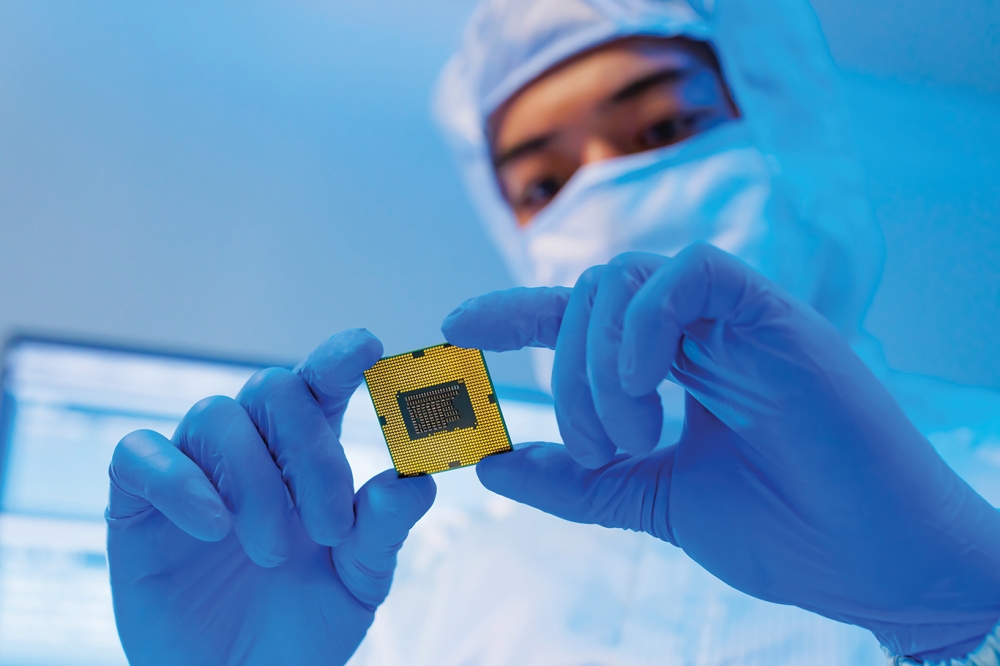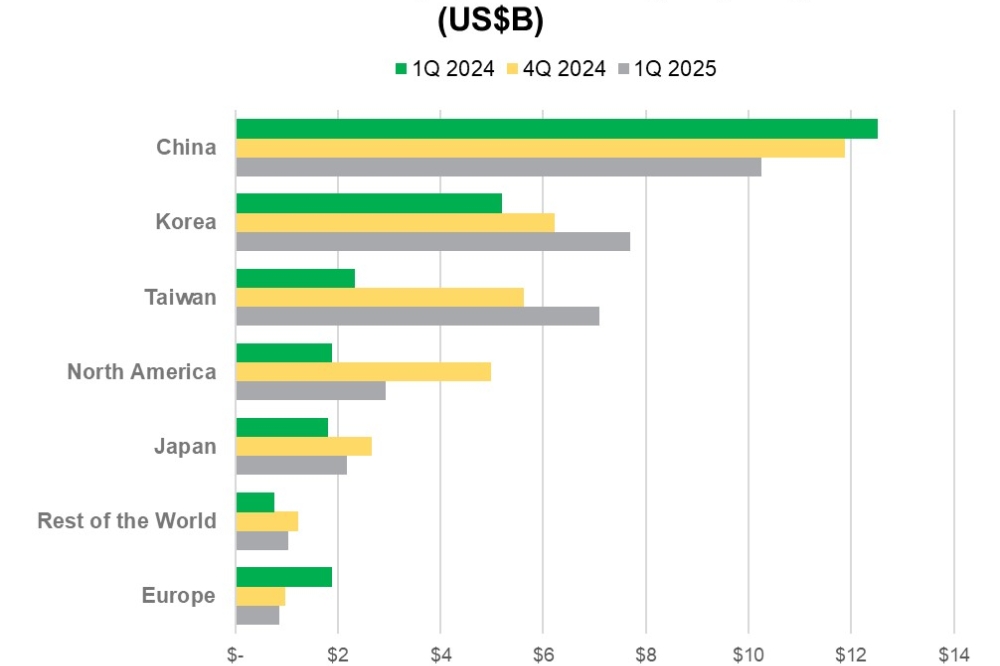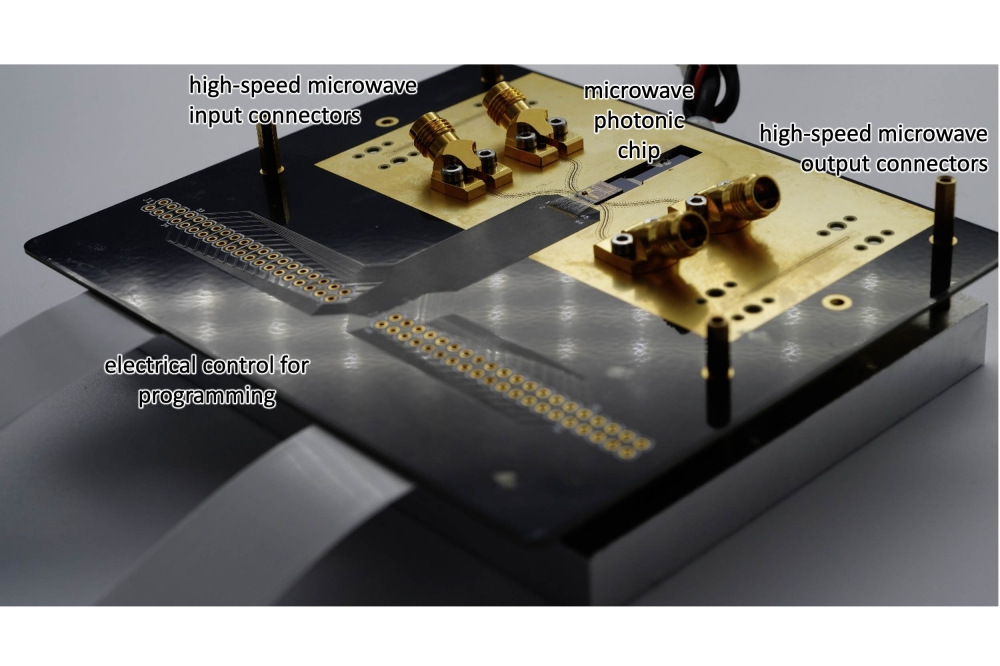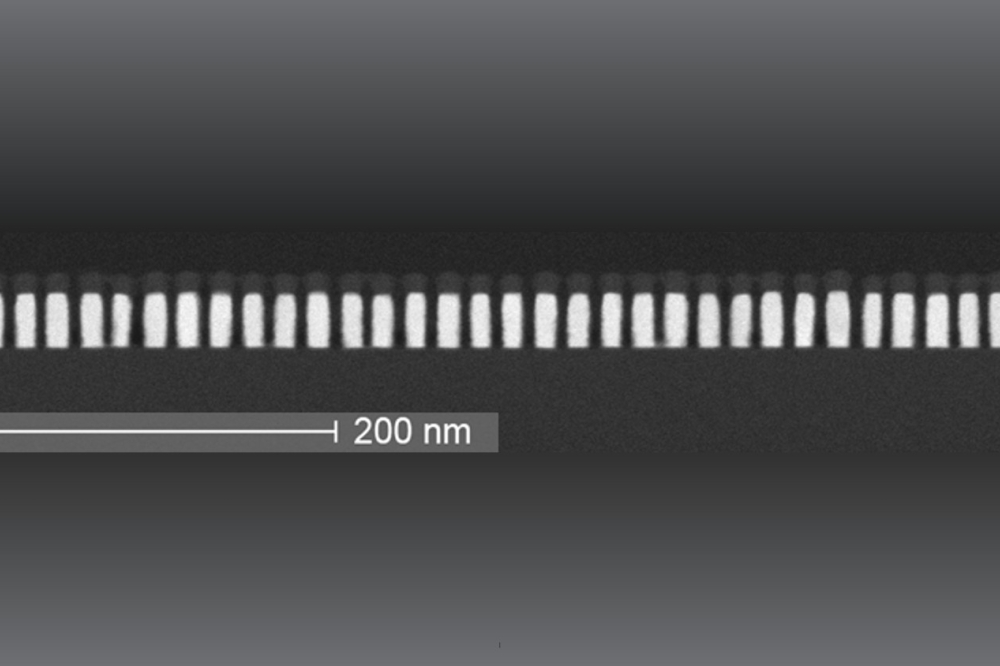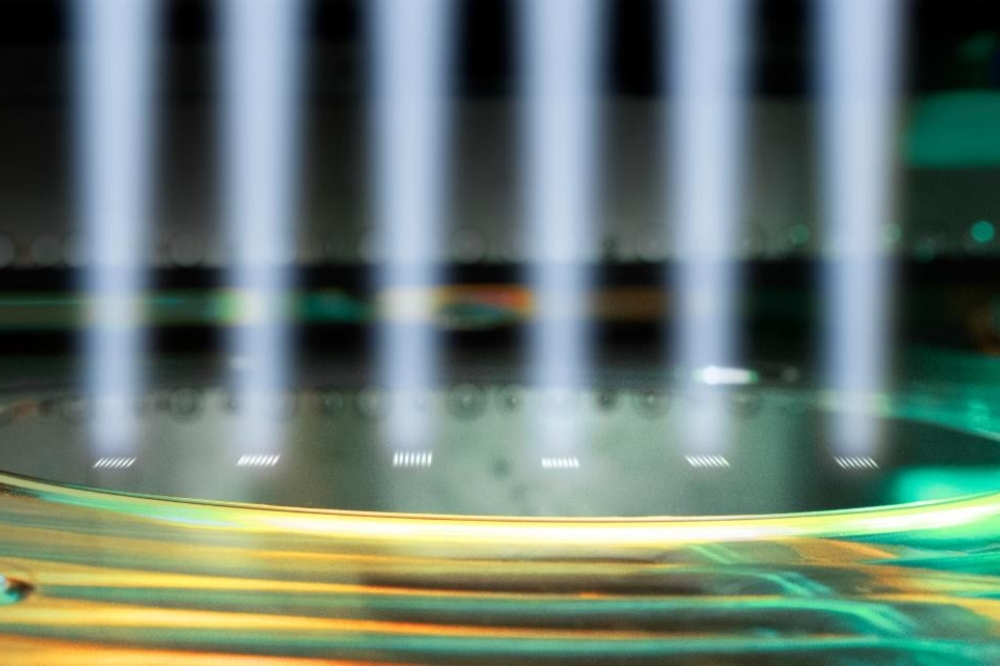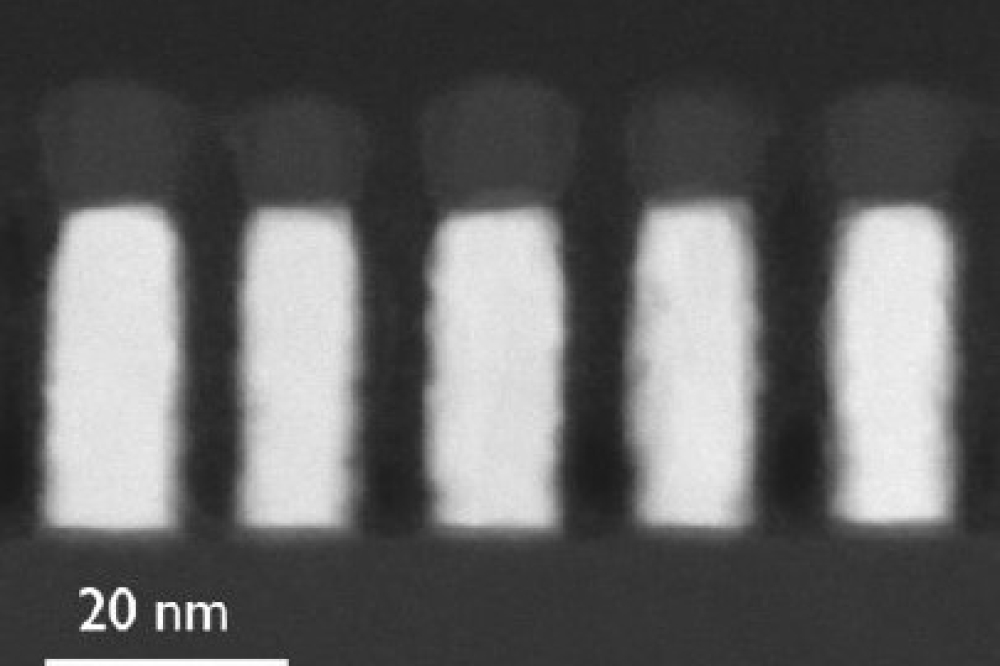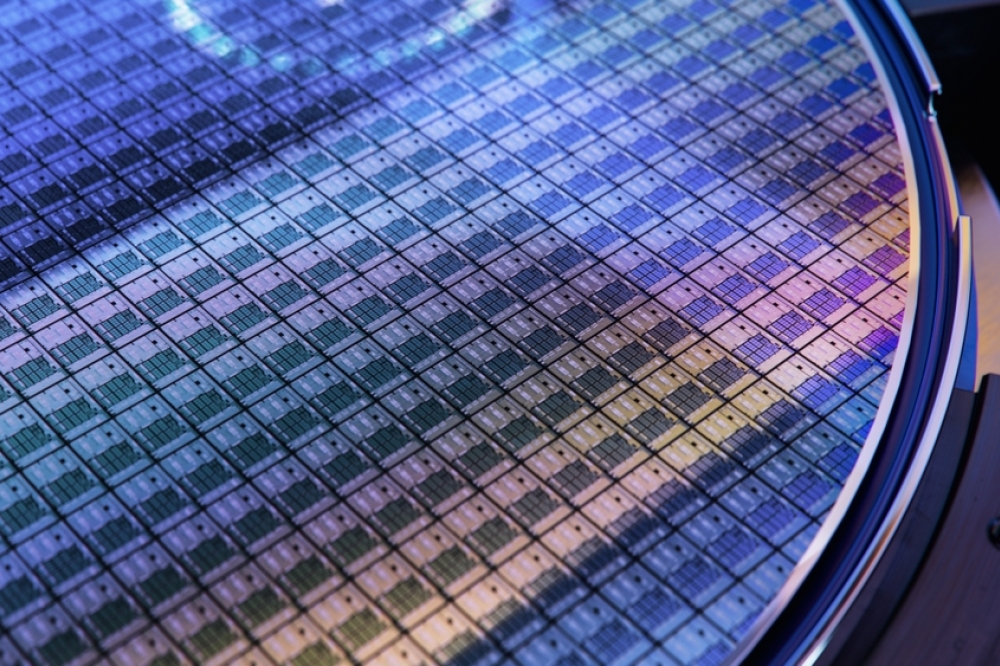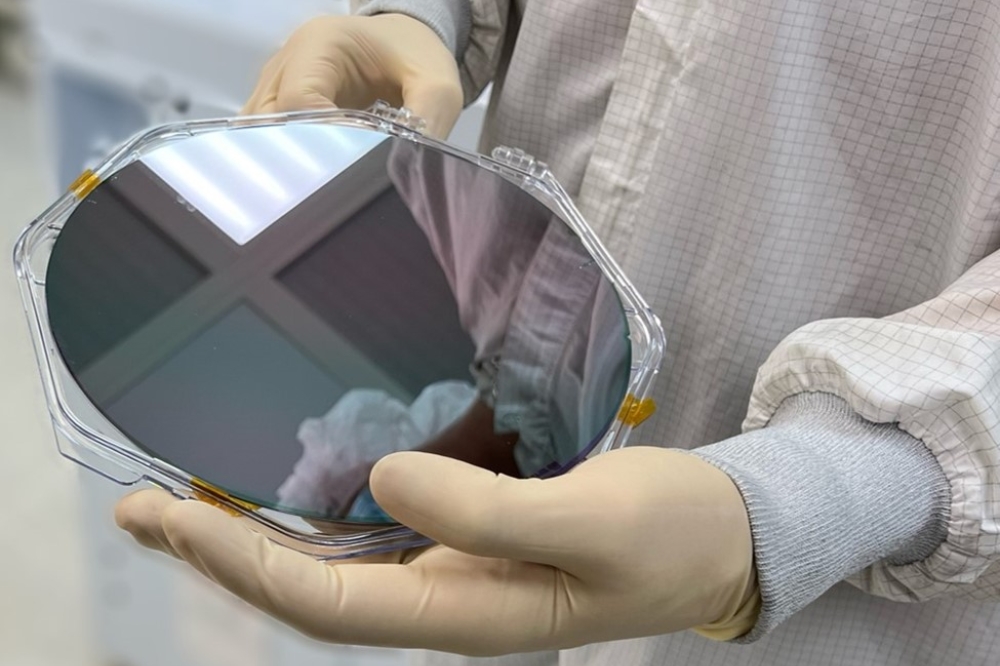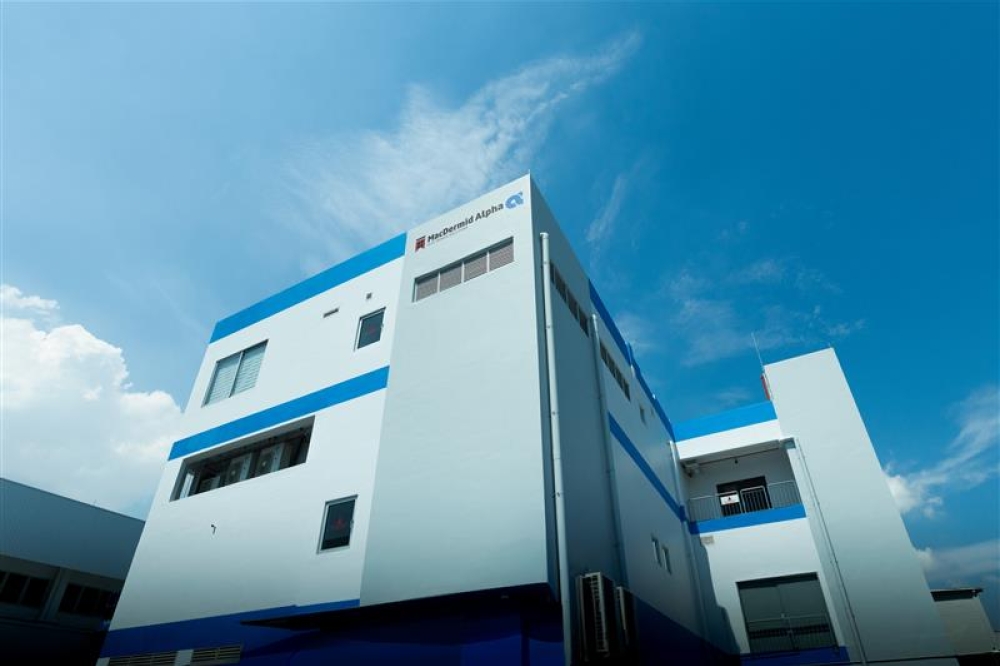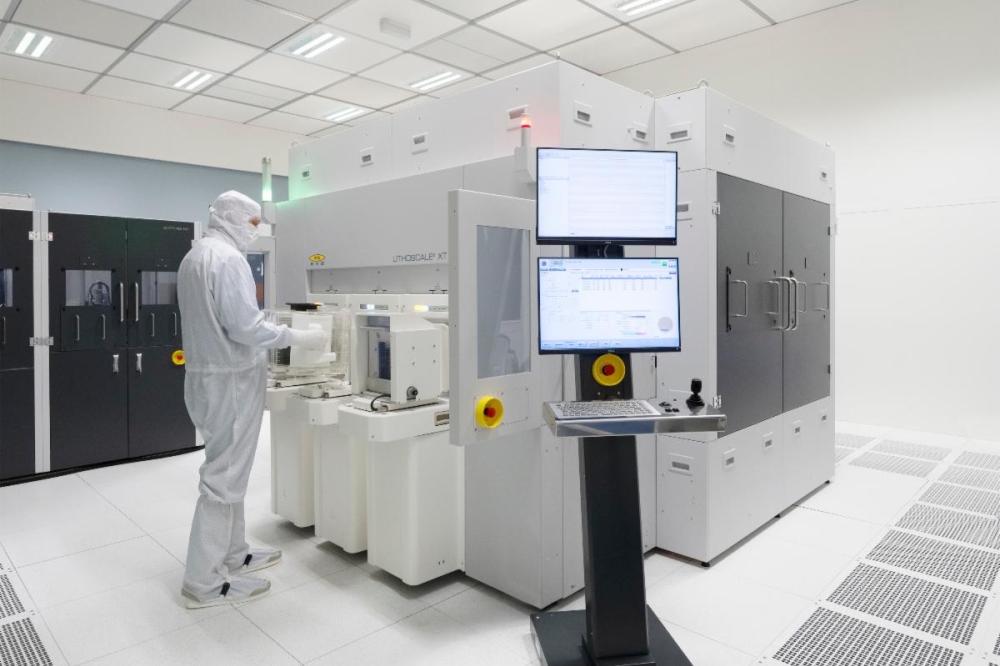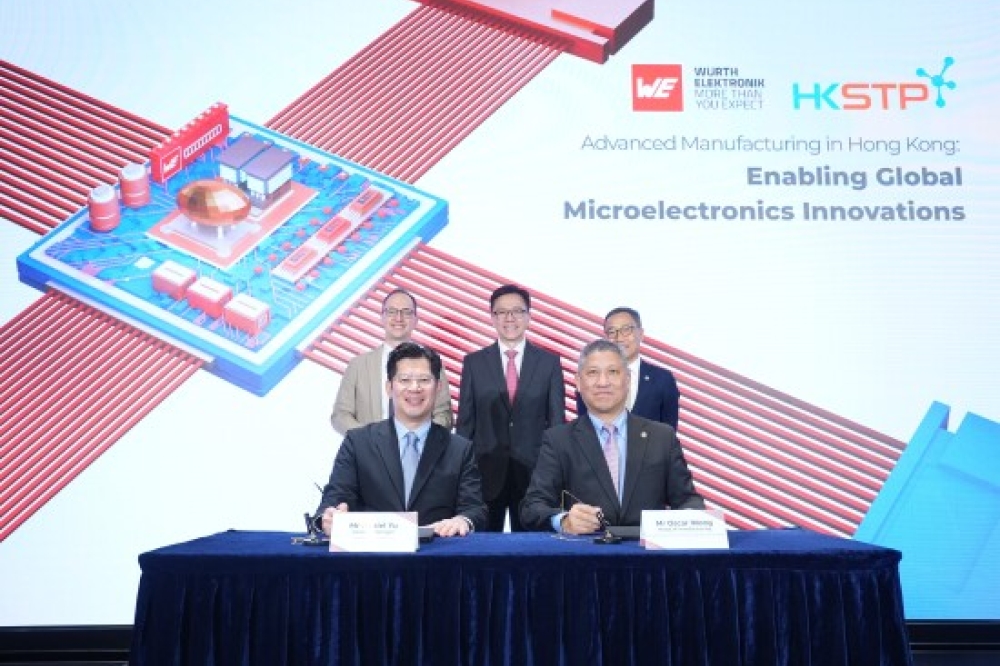imec highlights interposer platform performance
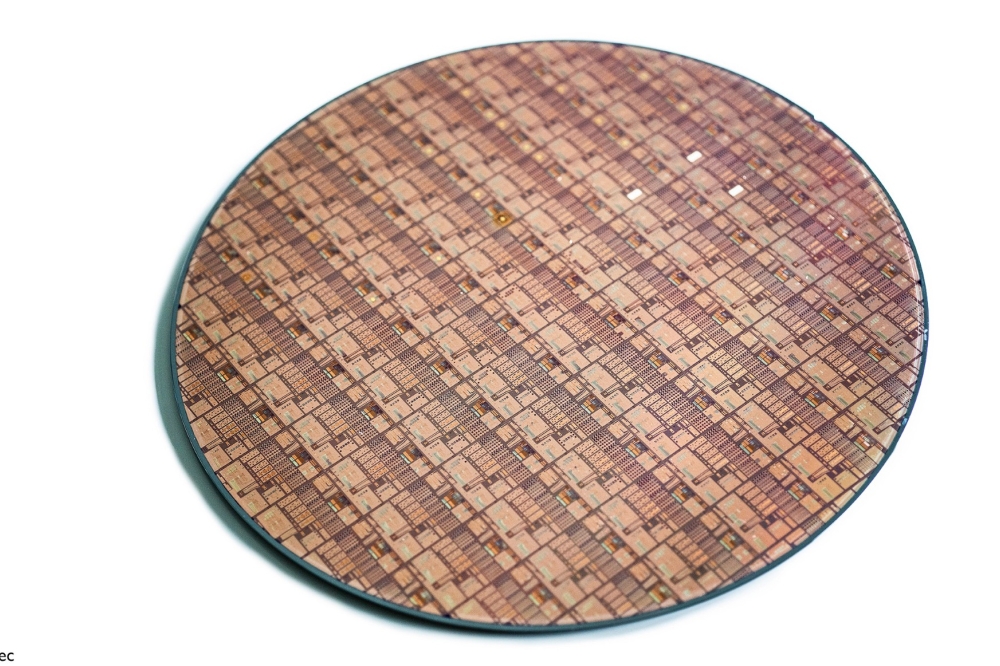
Imec’s 300mm RF silicon interposer platform for chiplet-based heterogeneous integration demonstrates record-low insertion loss at frequencies up to 325GHz.
At the IEEE ECTC 2025 conference, imec highlights the exceptional performance and flexibility of its 300mm RF silicon interposer platform. The platform enables seamless integration of RF-to-sub-THz CMOS and III/V chiplets on a single carrier, achieving a record-low insertion loss of just 0.73dB/mm at frequencies up to 325GHz. This advancement paves the way for compact, low-loss, and scalable next-generation RF and mixed-signal systems.
In pursuit of advanced applications – from wireless data centers and high-resolution automotive radar to pluggable optical transceivers and ultra-high-speed wireless USB solutions for short-range device-to-device communications – industry momentum is rapidly shifting to mmWave (30-100GHz) and sub-THz (100-300GHz) frequency bands.
However, unlocking the potential of these higher frequencies requires components that combine the high output power and drive capabilities of III/V materials with the scalability and cost-efficiency of CMOS technology – all integrated on a single carrier. This is where chiplet-based heterogeneous systems, built on RF silicon interposer technology, make the difference – enabling the seamless integration of digital and RF components.
A 300mm RF Si interposer with record-low insertion loss of 0.73dB/mm at 325GHz
At last year’s IEDM, imec reported a breakthrough in the hetero-integration of InP chiplets on a 300mm RF Si interposer – at frequencies up to 140GHz. Now, at ECTC 2025, imec announces a new milestone: using the same Si interposer platform, it has demonstrated a record-low insertion loss of just 0.73dB/mm at frequencies up to 325GHz.
“What sets our approach apart is the ability to mix and match digital, RF-to-sub-THz CMOS technology nodes with a wide variety of III/V chiplets – not limited to InP, but also including SiGe, GaAs, and others,” said Xiao Sun, principal member of technical staff at imec.
The platform’s digital interconnects benefit from Cu damascene back-end-of-line (BEOL) processing, while mmWave signal paths employ transmission lines on a low-loss RF polymer layer. Additionally, high-quality passive components – such as inductors – are integrated directly onto the RF silicon interposer, reducing the active chip area, lowering costs, and ensuring compact, low-loss RF interconnects for improved performance.
Imec’s technology combines RF/microwave links (with 5µm line width and 5µm spacing), with high-density digital interconnects (with 1µm/1µm line/spacing), and a fine flip-chip pitch of 40µm – with efforts underway to scale down to 20µm. Together, these features enable high integration density and a compact footprint.
The path forward: opening the platform to partners for prototyping
As a next step, Xiao Sun and her team are preparing to augment the platform with additional features – including through-silicon vias, back-side redistribution layers, and MIMCAPs for supply decoupling. In parallel, imec is preparing to open its RF interposer R&D platform to partners for early assessment, system validation, and prototyping – amongst others by making it accessible via NanoIC, imec’s sub-2nm pilot line as part of the EU Chips Act.

